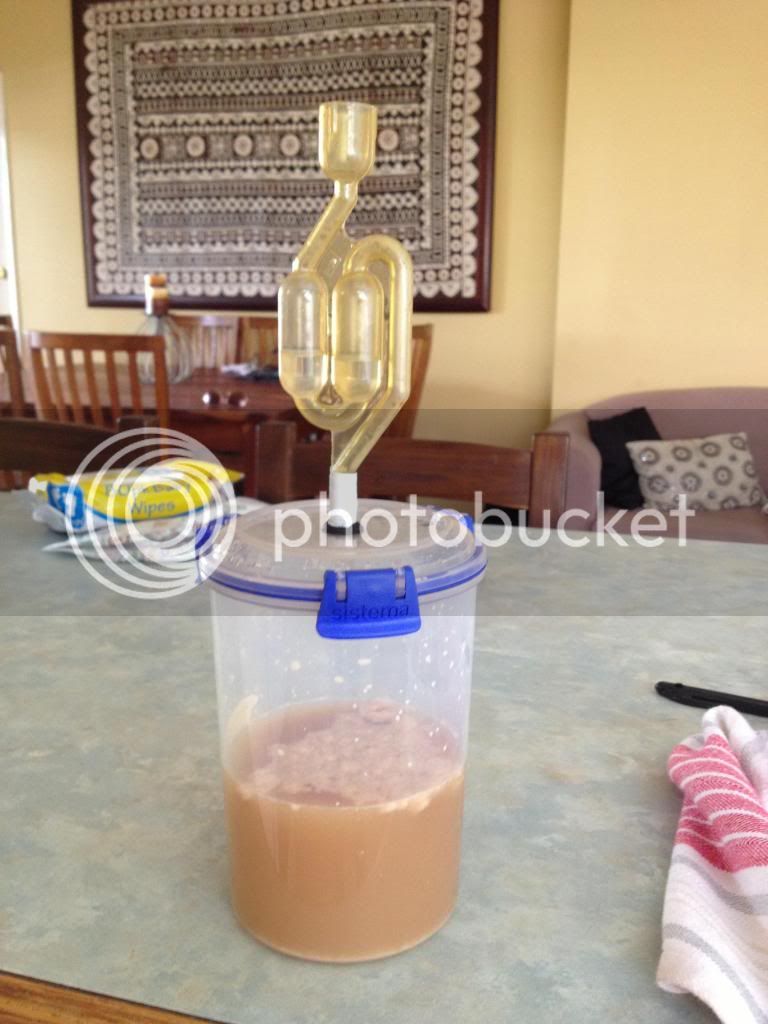Dan Pratt
Well-Known Member
- Joined
- 28/1/10
- Messages
- 3,279
- Reaction score
- 1,274
Hi,
Last night I read that after you have made AG wort you can keep 1L to use for bottle conditioning> I read that it was to be freezed until fermentation was completed then prime the bottles with the wort. there was no ither details with teh post>>
Has anyone done this?
is freezing required or can you just chill this in the fridge? how much would i use for priming 350ml glass bottles?
Last night I read that after you have made AG wort you can keep 1L to use for bottle conditioning> I read that it was to be freezed until fermentation was completed then prime the bottles with the wort. there was no ither details with teh post>>
Has anyone done this?
is freezing required or can you just chill this in the fridge? how much would i use for priming 350ml glass bottles?





